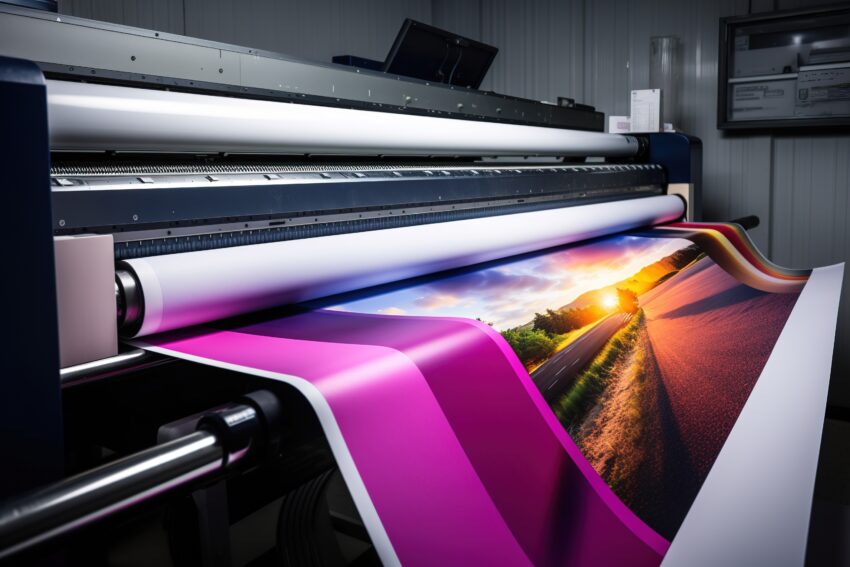When you invest in a professionally designed logo by me, it’s important to receive the final product in various file formats to ensure its usability across different platforms and media. Each file type serves a unique purpose, and understanding what these formats are used for can help you get the most out of your logo. Here are the file formats and a basic guide on using each one.
AI (Adobe Illustrator)
The AI file is the original, editable source file created in Adobe Illustrator. This is a vector format, meaning it’s resolution-independent and can be scaled to any size without losing quality. This is the most important file for any future editing or resizing by a designer or printer. If you ever need to make adjustments or alterations to your logo, having the AI file ensures that any changes can be made with full fidelity.
EPS (Encapsulated PostScript)
EPS is another vector format that is highly compatible with a wide range of design software. It’s often used for printing because it retains high quality regardless of size. Whether your logo is being printed on a business card or a billboard, an EPS file will ensure it looks sharp and clear. Additionally, many professional printing companies prefer this format for its reliability and versatility.
SVG (Scalable Vector Graphics)
SVG is the go-to format for web use, especially for responsive designs. It’s a vector format that can be scaled to fit different screen sizes without losing quality. One of the key advantages of SVG files is their ability to support transparency, which makes them ideal for use in web design, whether you’re displaying the logo on a light or dark background. Since SVG files are also lightweight, they help improve the loading speed of websites.
PDF (Portable Document Format)
PDF files are incredibly versatile and are widely used for sharing and printing documents. When it comes to logos, PDFs can preserve vector data, which means they can be scaled without quality loss. This format is particularly useful for sending final designs to clients or printers, as PDFs can be viewed and printed on almost any device. Additionally, they’re often used for presentations or reports where the logo needs to be embedded in a high-quality format.
PNG (Portable Network Graphics)
PNG files are raster images, which means they’re made up of pixels and are best suited for web and digital use. PNGs support transparency, which allows your logo to be placed on various backgrounds without any unsightly white boxes or borders. This format is perfect for use in online logos, social media profiles, presentations, and other digital media where a clear background is necessary. PNGs maintain high quality, making them a go-to choice for digital display.
JPG or JPEG (Joint Photographic Experts Group)
JPEGs are also raster images but differ from PNGs in that they don’t support transparency. However, they are widely used due to their smaller file size, which makes them ideal for web use where loading times are a consideration. JPEGs are best used when your logo will be displayed on a non-transparent background. They’re great for online use, such as website headers, email signatures, and digital advertisements, where a smaller file size is advantageous.



